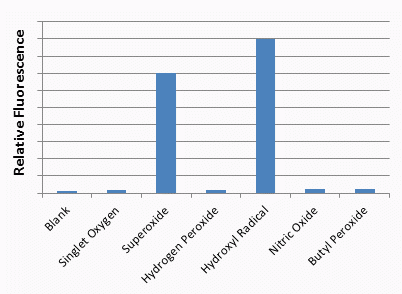Cookie preferences
This website uses cookies, which are necessary for the technical operation of the website and are always set. Other cookies, which increase the comfort when using this website, are used for direct advertising or to facilitate interaction with other websites and social networks, are only set with your consent.
Configuration
Technically required
These cookies are necessary for the basic functions of the shop.
"Allow all cookies" cookie
"Decline all cookies" cookie
CSRF token
Cookie preferences
Currency change
Customer-specific caching
FACT-Finder tracking
Individual prices
Selected shop
Session
Comfort functions
These cookies are used to make the shopping experience even more appealing, for example for the recognition of the visitor.
Note
Show the facebook fanpage in the right blod sidebar
Statistics & Tracking
Affiliate program
Conversion and usertracking via Google Tag Manager
Track device being used

| Item number | Size | Datasheet | Manual | SDS | Delivery time | Quantity | Price |
|---|---|---|---|---|---|---|---|
| ABD-16002 | 1 mg | - |
3 - 8 business days* |
285.00€
|
If you have any questions, please use our Contact Form.
You can also order by e-mail: info@biomol.com
Larger quantity required? Request bulk
You can also order by e-mail: info@biomol.com
Larger quantity required? Request bulk
Ex: 639 nm. Em: 660 nm. Soluble in: DMSO. Reactive oxygen species (ROS) are chemically reactive... more
Product information "ROS Brite(TM) 670"
Ex: 639 nm. Em: 660 nm. Soluble in: DMSO. Reactive oxygen species (ROS) are chemically reactive molecules containing oxygen. Examples include superoxide, hydroxyl radical, singlet oxygen and peroxides. ROS is highly reactive due to the presence of unpaired valence shell electrons. ROS forms as a natural byproduct of the normal metabolism of oxygen and have important roles in cell signaling and homeostasis. However, during times of environmental stress (e.g., UV or heat exposure), ROS levels can increase dramatically. This may result in significant damage to cell structures. Cumulatively, this is known as oxidative stress. ROS are also generated by exogenous sources such as ionizing radiation. Under conditions of oxidative stress, ROS production is dramatically increased, resulting in subsequent alteration of membrane lipids, proteins, and nucleic acids. Oxidative damage of these biomolecules is associated with aging as well as with a variety of pathological events, including atherosclerosis, carcinogenesis, ischemic reperfusion injury, and neurodegenerative disorders. ROS BriteT 670 reagent is a new fluorogenic probe to measure oxidative stress in cells using conventional fluorescence microscopy, high-content imaging, microplate fluorometry, or flow cytometry. The cell-permeant ROS BriteT 670 reagent is nonfluorescent and produces bright near-infrared fluorescence upon ROS oxidation. The resulting fluorescence can be measured using fluorescence imaging, high-content imaging, microplate fluorometry, or flow cytometry.
| Supplier: | AAT Bioquest |
| Supplier-Nr: | 16002 |
Properties
| Application: | IF, FC |
| MW: | 758,85 D |
Database Information
Handling & Safety
| Storage: | -20°C |
| Shipping: | +20°C (International: +20°C) |
Caution
Our products are for laboratory research use only: Not for administration to humans!
Our products are for laboratory research use only: Not for administration to humans!
Information about the product reference will follow.
more
You will get a certificate here
Viewed

